
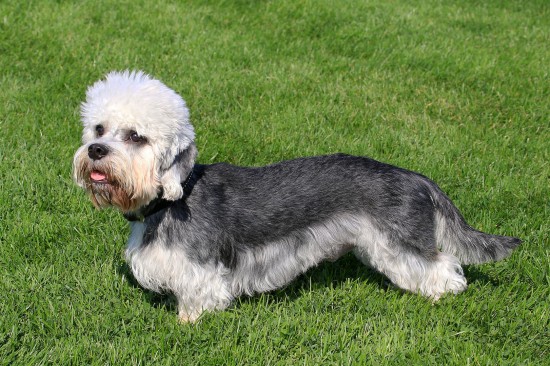
The Dandie Dinmont terrier is a small dog breed from the terrier grouping, which has a very long body in relation to its height. The breed originates from Northumberland, and is most distinctive for the longer top knot of hair on its head. They are a rough coated breed that can be seen in both mustard or pepper colours, and which stands up to 11” tall at the withers. The Dandie Dinmont can weigh up to 10.9kg, and males of the breed tend to be slightly larger than females.
The breed is classed as a tough and hardy little dog, with a strong working history, but they have made the transition to family pets as opposed to working dogs with relative ease. They are bold, outgoing and personable little dogs that fit in well with all sorts of living situations, and while they are not the most popular of small terrier breeds, have a strong and enthusiastic following. If you are wondering if the Dandie Dinmont terrier is the right choice of dog for you, it is important to research factors such as the breed’s longevity and hereditary health before committing to a purchase. In this article, we will examine these factors in more detail. Read on to learn more.
The Dandie Dinmont terrier breed as a whole has an average lifespan of 11-13 years, placing them right in the middle of the pack in terms of longevity across the board for breeds of a similar size. They tend to be robust, fit little dogs that remain healthy well into old age, although the breed as a whole is prone to certain hereditary health problems that can affect their lifespan.
The coefficient of inbreeding statistic for the Dandie Dinmont terrier is 9.4%, which is slightly higher than the ideal of 6.25% or lower. This means that the breed as a whole is subject to a reasonable degree of inbreeding, and breeders should seek to reduce the coefficient of inbreeding statistic for their own dogs with each subsequent generation of their breed lines.
The British Veterinary Association and The Kennel Club runs a health scheme for goniodysgenesis within the Dandie Dinmont breed pool, which is a painful condition of the eyes that can lead to blindness. Dogs that have a history of goniodysgenesis within their breed lines should not be bred from further.
Generally, the shape and build of the Dandie Dinmont is not widely classed as posing a threat to the breed, but the long body in relation to the length of the legs can lead to the development of intervertebral disc disease. This means that the discs of the spine can develop abnormally, placing them at risk of displacement or rupturing over time. This is particularly likely with dogs of the breed who are ultra-typed for a body that is longer than the breed norm.
There are also some other health problems that may affect the Dandie Dinmont breed as a whole, and which may have a hereditary or breed specific element to them. However, no health schemes or pre-breeding tests are currently available for these conditions. The potential issues that can crop up within the breed include:
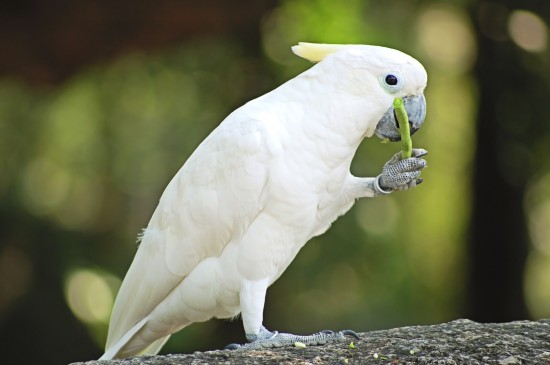 Information About Birds For Potential Pet Bird Owners
Information About Birds For Potential Pet Bird Owners
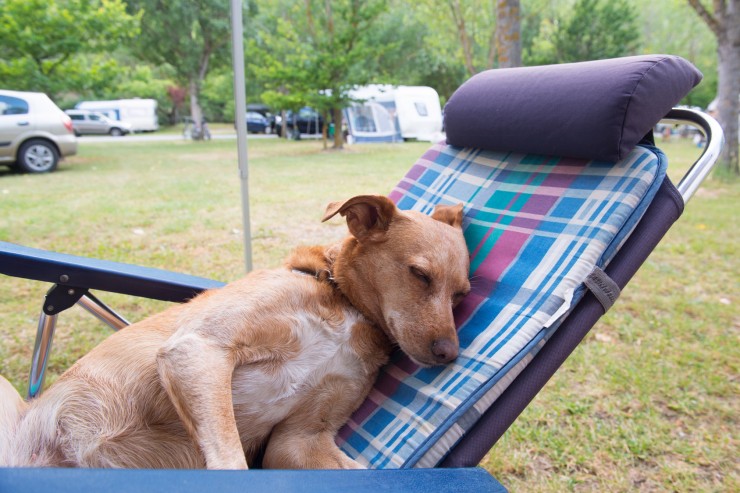 How To Plan A Holiday In The Uk With Your Dog In Tow
How To Plan A Holiday In The Uk With Your Dog In Tow
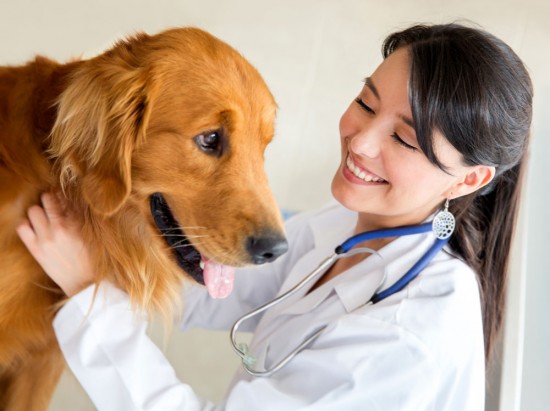 Giardia In Dogs - Canine Giardiasis
Giardia In Dogs - Canine Giardiasis
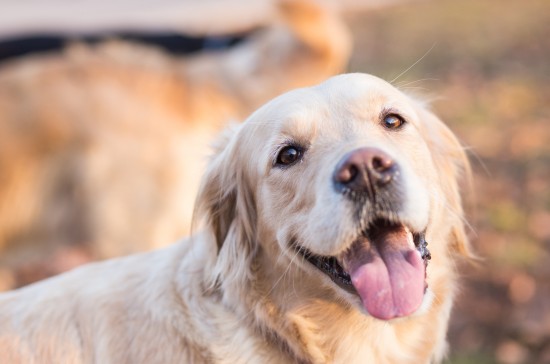 Hypothyroidism And Canine Aggression
Hypothyroidism And Canine Aggression
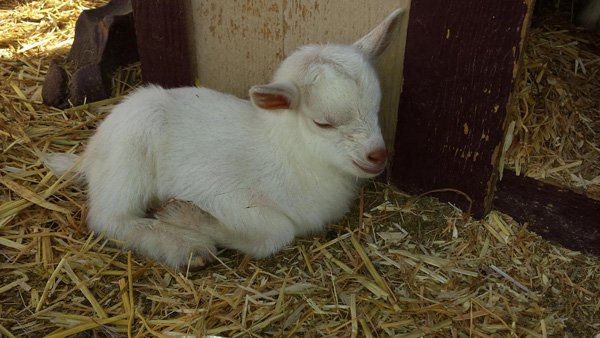 A Combo of Chicken Runs and Coops – The Best for Your Bird Friends
A Combo of Chicken Runs and Coops – The Best for Your Bird Friends
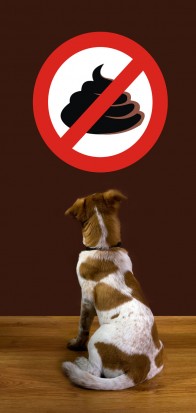 Does Your Dog Eat Poop ? How To Deal With Coprophagia In Dogs
Does Your Dog Eat Poop ? How To Deal With Coprophagia In Dogs
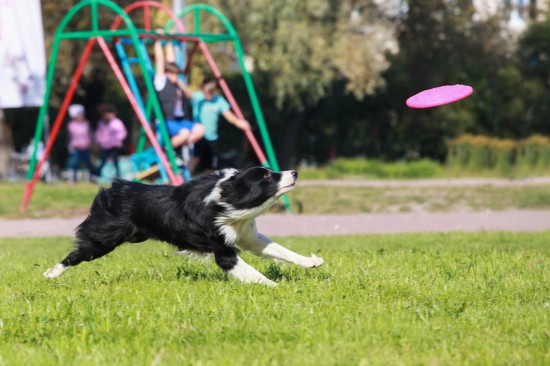 Keeping Herding Dog Breeds Entertained
Keeping Herding D
Keeping Herding Dog Breeds Entertained
Keeping Herding D
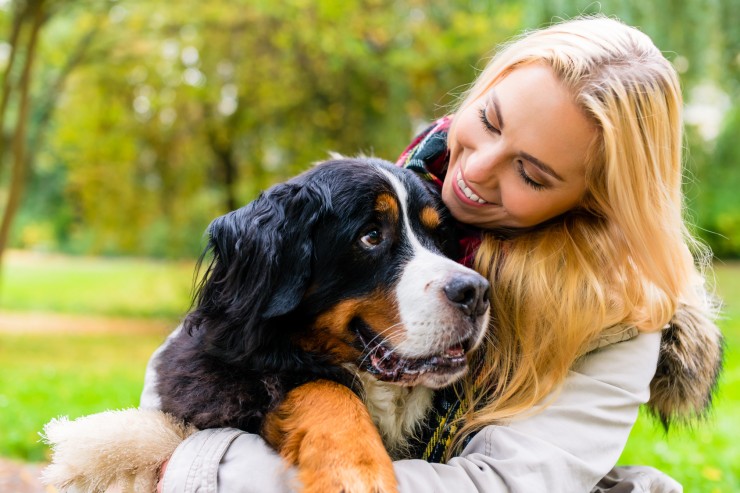 Keeping Your Dog Safe And Happy On New Year’s Eve
Keeping Your Dog
Keeping Your Dog Safe And Happy On New Year’s Eve
Keeping Your Dog
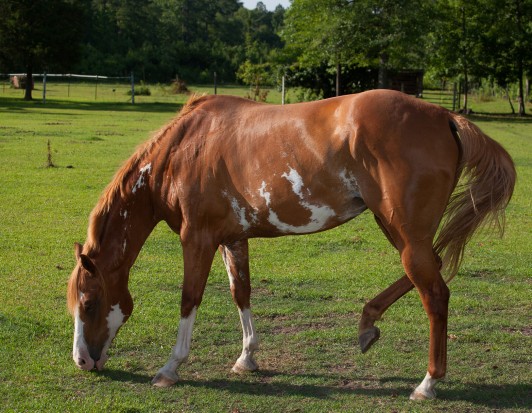 Is A Box Foot A Problem For Horses?
Is A Box Foot A P
Is A Box Foot A Problem For Horses?
Is A Box Foot A P
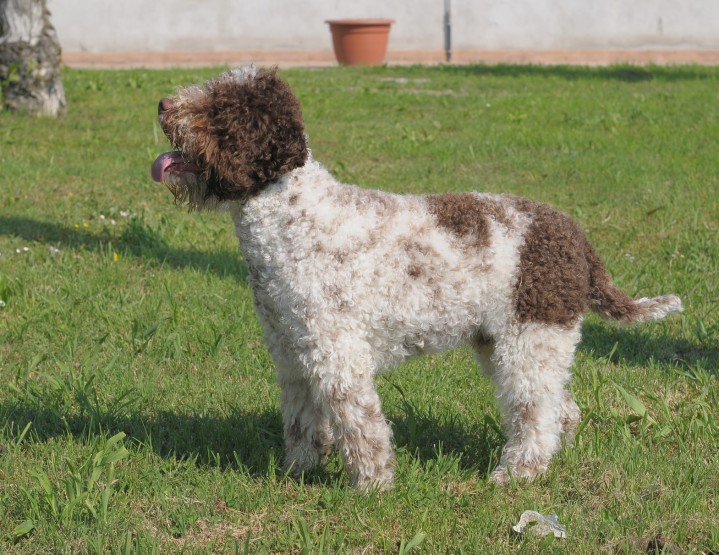 More Information On The Lagotto Romagnolo Dog Breed
More Information
More Information On The Lagotto Romagnolo Dog Breed
More Information
 Hypothyroidism And Canine Aggression
Hypothyroidism An
Hypothyroidism And Canine Aggression
Hypothyroidism An
Copyright © 2005-2016 Pet Information All Rights Reserved
Contact us: www162date@outlook.com